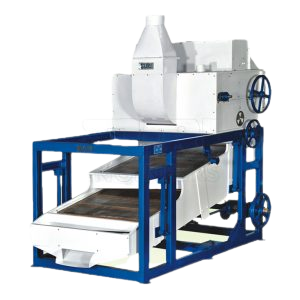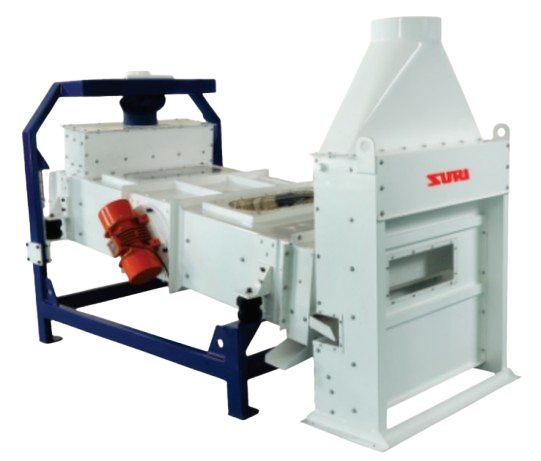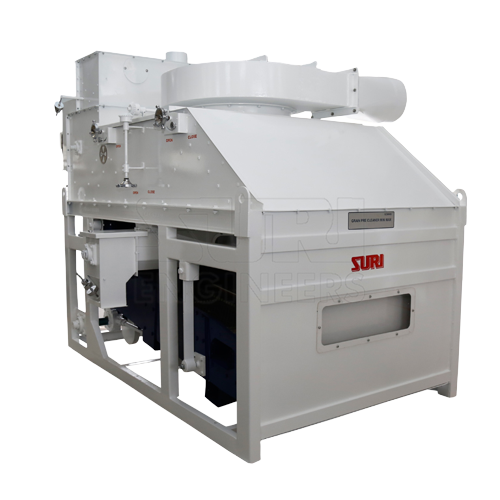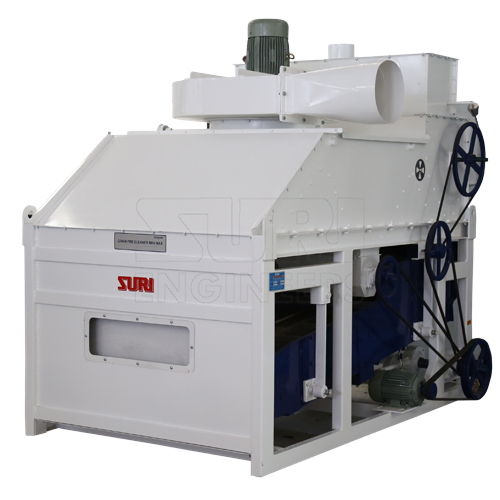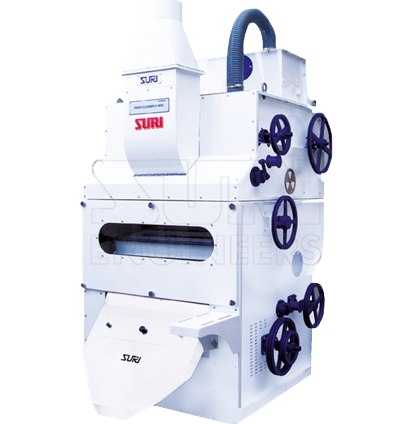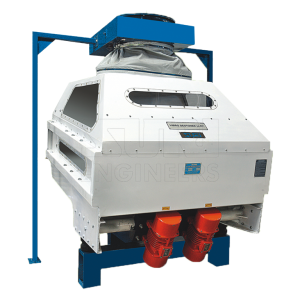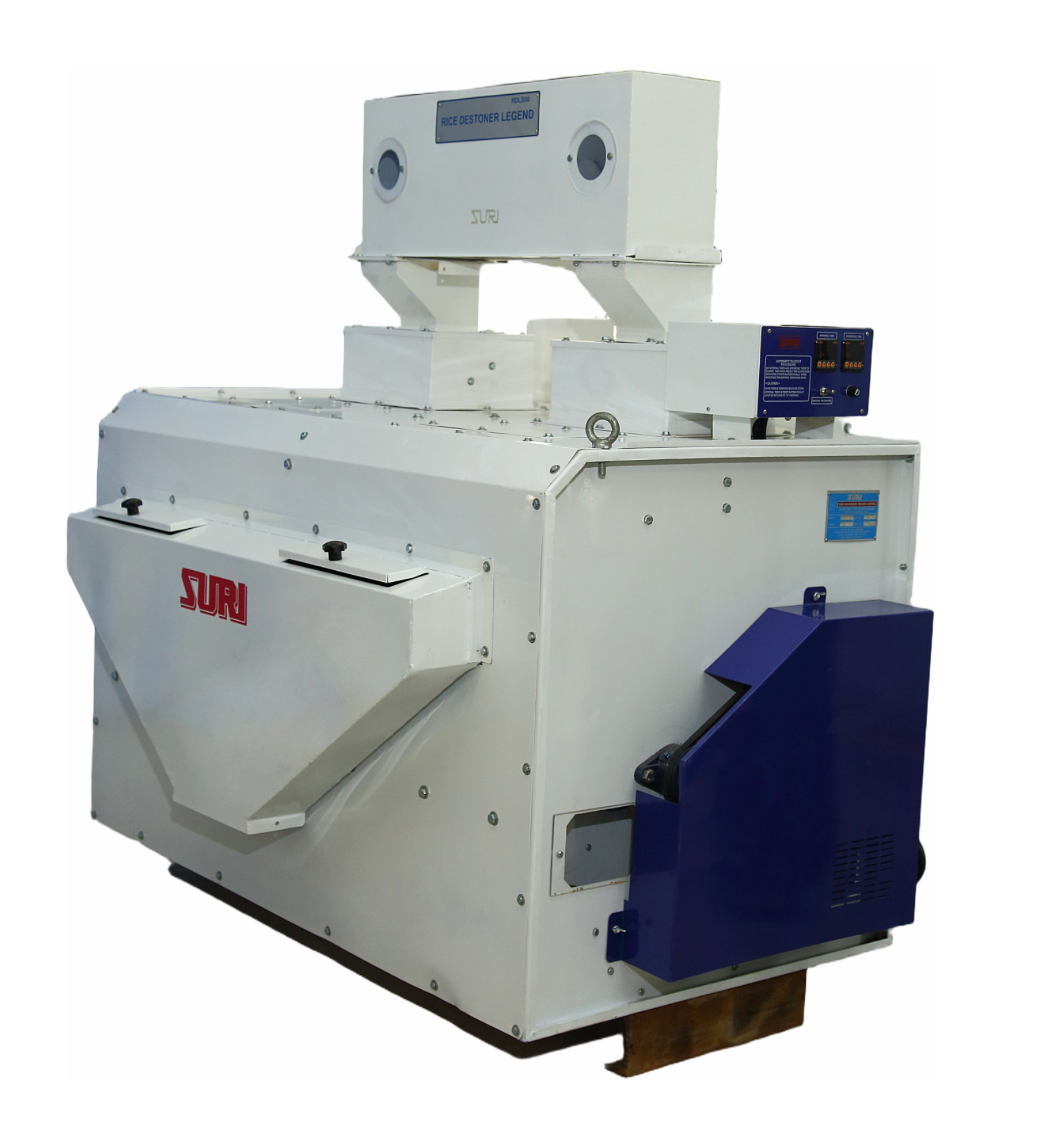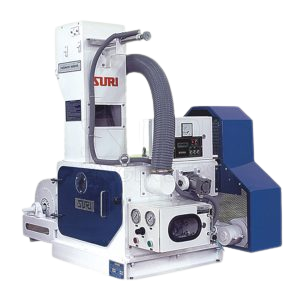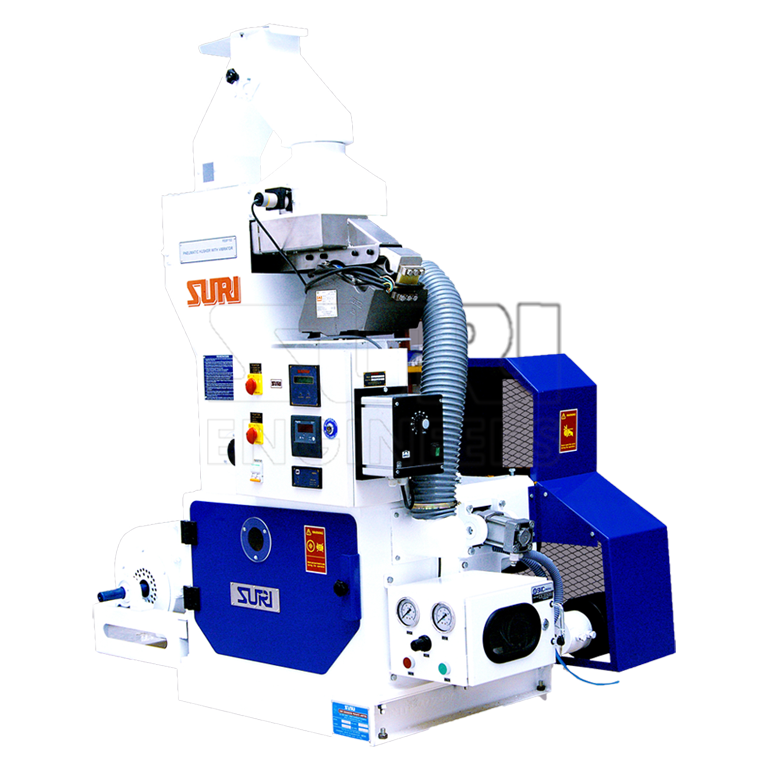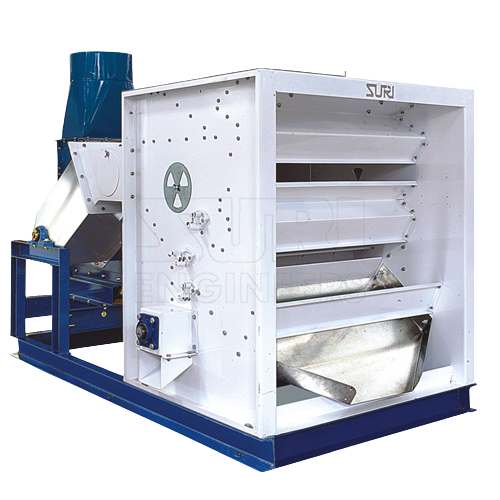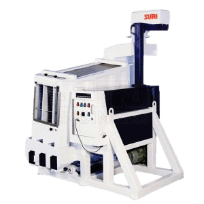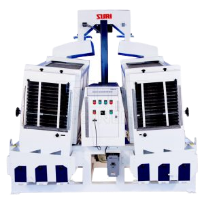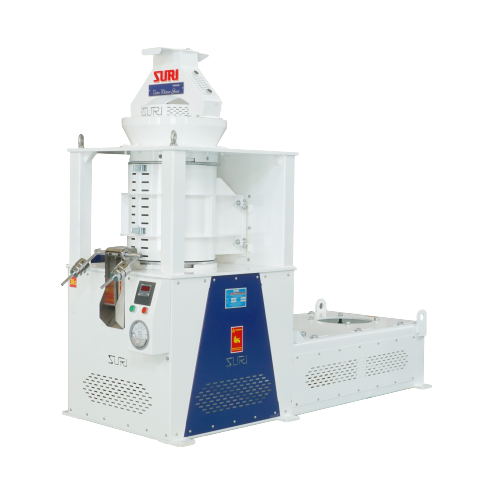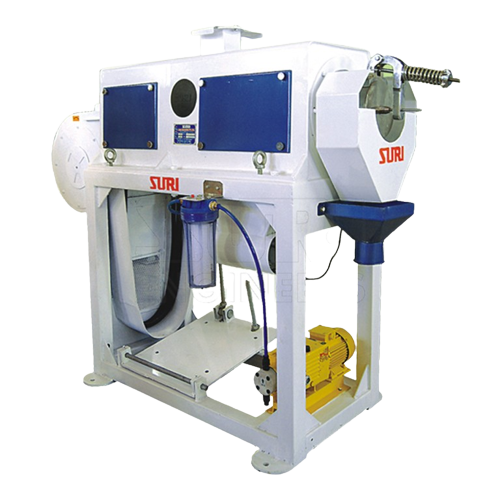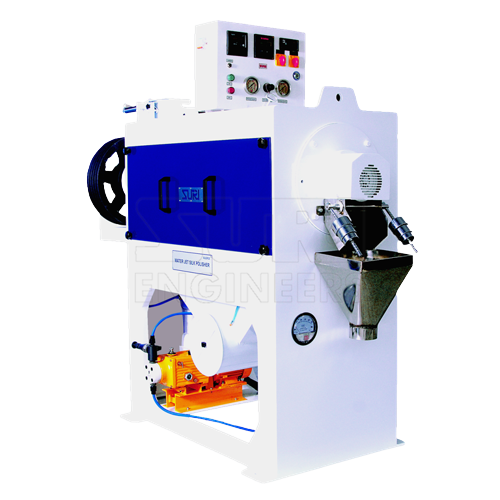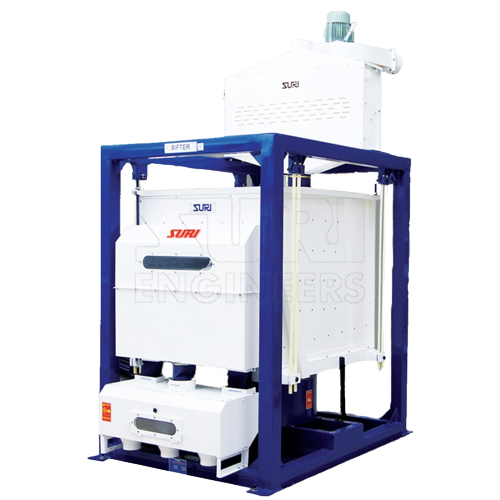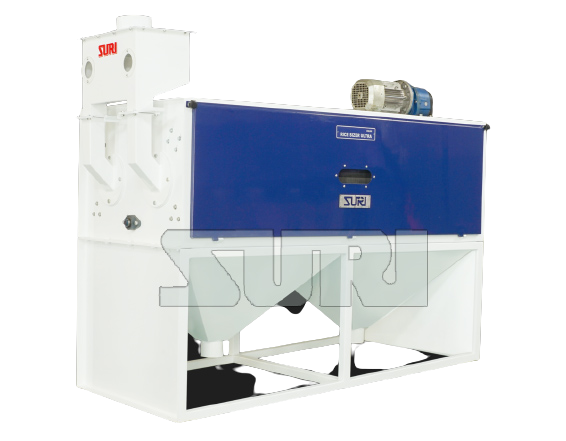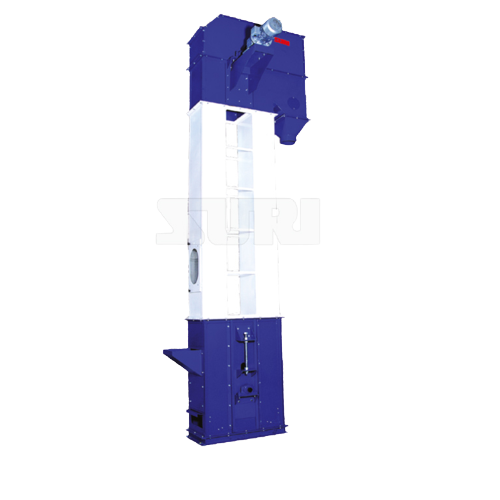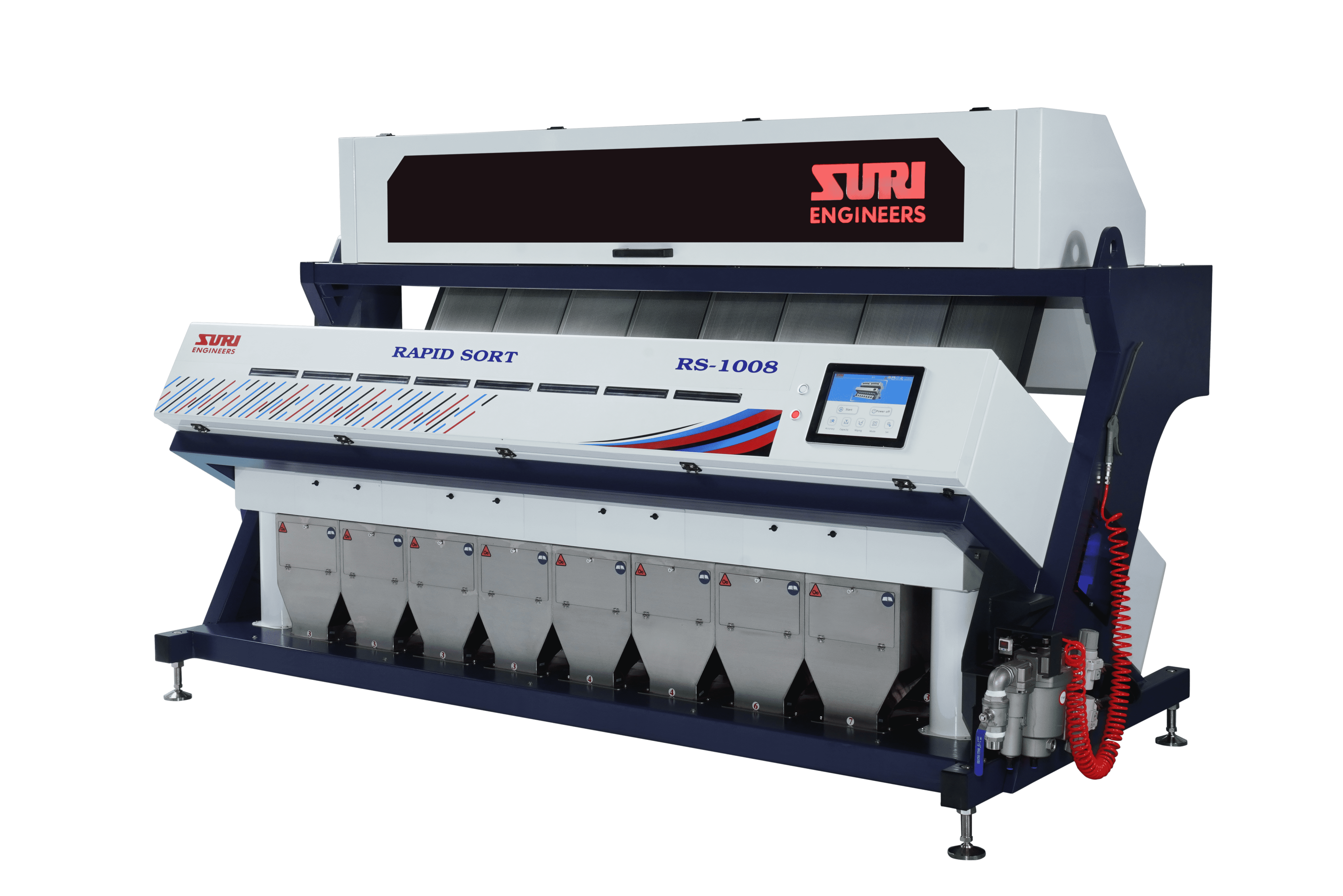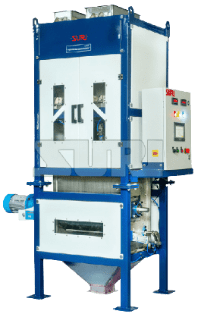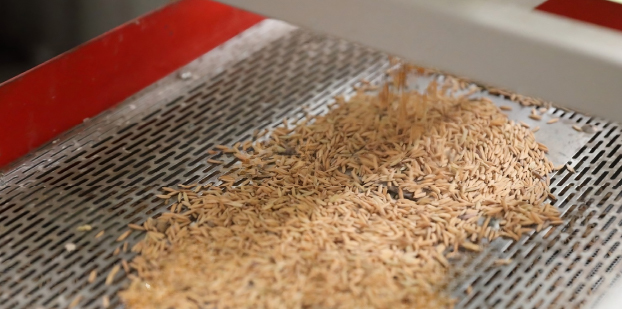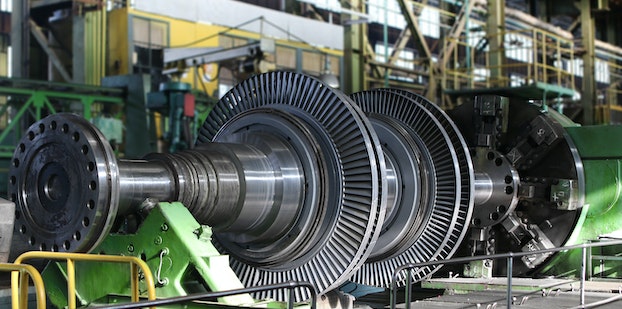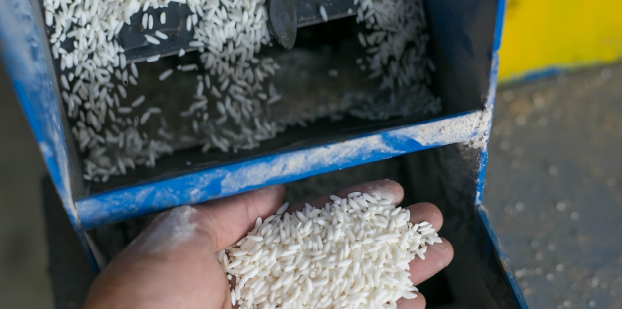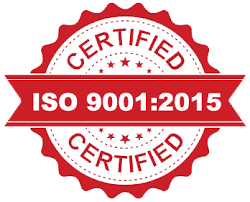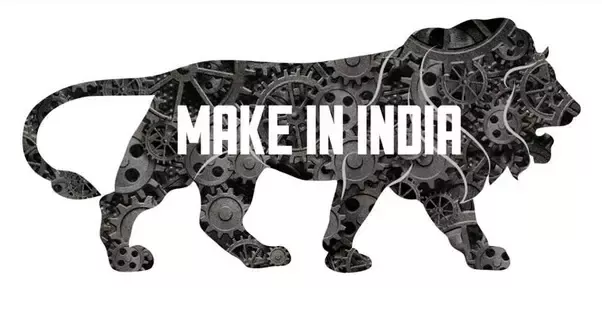March 1, 2023 | 6 min read
Rice Milling Industry in India: Market Size, Growth & Challenges

Introduction to the Rice Mill Industry in India
Rice milling is the process that turns grains into the staple food we all love. Back in the day, rice milling in India wasn't as fancy as it is now. Earlier, rice was processed using traditional methods - manual labour and lots of patience. Fast forward to the present, where modern technology has upgraded the way we mill rice. High-tech machines replaced manual labour leading to efficiency.
Exploring the Global Rice Mill Industry
Asia dominates rice production and milling, with China, India, and Southeast Asian nations leading the way. These regions consume a large portion of their rice production, while some also export significantly.
India has a strong foothold in the global rice market, with a wide variety of rice grains serving diverse consumer preferences. With the right strategies and quality control measures, there is a huge export potential for Indian rice millers. Expanding into new markets and value-added products can further boost the growth of the rice processing industry.
Overview of the Indian Rice Milling Market
India is the world's second-largest producer of rice and a major exporter. The rice processing industry plays a vital part in processing paddy into consumable and exportable forms. The indian rice milling market is vast, comprising thousands of small-scale and medium-sized rice manufacturers along with larger streamlined facilities. The total number of rice mills in India is estimated to be between 75,000 to 1,00,000.
Major rice-producing and milling states include West Bengal, Punjab, Uttar Pradesh, Andhra Pradesh, Karnataka, Telangana and Tamil Nadu. There are numerous openings for Indian rice factories as the global demand for rice is growing now more than ever and the Indian Government is also showing its support for modernization and infrastructure upgrades.
Overall, the rice milling industry in India is a dynamic sector with significant growth potential. Investments in technology, structure, and invention will be crucial to its uninterrupted success.
Factors Affecting the Growth of the Rice Processing Industry in India
Several factors impact the growth of the rice milling industry in India.
1. Government Programs
Firstly, government programs play a pivotal part in shaping the industry, with impulses and subsidies boosting investment and product capacity. also, technological advancements have revolutionized rice milling processes, adding effectiveness and productivity.
2. Market Demands
Profitable factors similar to market demand for rice products also drive industry growth, with rising incomes and changing consumer preferences fueling expansion. Likewise, access to finance and credit facilities is essential for businesses to scale operations and invest in ultramodern machinery.
3. Global Landscape
The global landscape and trade relations play a crucial role in shaping the trajectory of the rice mill industry. International market dynamics, export opportunities, and trade agreements impact the industry's growth, presenting both challenges and avenues for expansion. A strategic approach to international trade and collaborations becomes essential for Indian rice mill businesses aiming to thrive in the global marketplace.
4. Educational Programs
The part of the educational enterprise and skill development programs shouldn't be undervalued. As the industry embraces technological advancements, there is a growing need for a professed pool that is well-versed in the latest rice mill machine market and processes. Training programs and educational support can contribute significantly to fostering a complete pool, ensuring that the industry keeps pace with evolving technologies.
5. Environmental Consciousness
Environmental sustainability is emerging as a key factor in industry growth. With a growing emphasis on eco-friendly practices, rice mills adopting sustainable methods, energy-efficient technologies, and waste reduction strategies are likely to gain a competitive edge. The inclusion of environmentally conscious practices not only aligns with global trends but also addresses the increasing awareness and concerns related to sustainable business practices.
Challenges similar to shifting raw material prices and regulatory constraints can hamper growth, emphasizing the significance of strategic planning and risk operation practices in navigating the competitive geography of the Indian rice mill industry. Overall, a combination of these internal and external factors influences the line of growth within the rice mill sector.
What are Market Restraints in the Rice Mill Industry in India?
The rice mill business in India is growing, but it faces challenges that can slow down its progress.
1. Raw Material Cost
One big issue is the prices of the main raw material, paddy. When the prices of paddy go up and down a lot, it can make running rice mills more expensive, affecting how much money they make and their capability to keep going.
2. Rules and Regulations
Another challenge is all the rules and regulations that control the rice mill industry. There are lots of different rules to follow, licenses to get, and norms to meet. Keeping up with these rules can be tricky and can cost a lot of money. To handle these changing rules, rice mills need to be flexible and stay ahead of the game to meet the norms and follow the rules.
3. Global Trade
The rice mill industry is also affected by what is happening in the world, like global trade and politics. Changes in how countries trade with each other, rules about what can be exported and imported, and indeed pressures between countries can affect how well-conditioned Indian rice mills can sell their products abroad.
Solution
But here is the good part – people in the rice mill industry frequently come up with smart ideas, use new technology offered by the rice mill machine market, and work together to overcome these challenges. They find ways to be more innovative and adapt to changes, making sure the industry keeps moving forward.
Conclusion
The rice mill industry in India will experience significant growth, driven by rising consumption, evolving consumer preferences, and increasing demand for premium rice varieties. By staying updated on market trends, exploring innovative products in the rice mill machine market, and adopting sustainable practices, rice millers can capitalize on the abundant growth opportunities in the sector.
Technological upgrades such as automation, IoT, and precision farming are revolutionizing the rice milling industry, improving productivity, quality control, and efficiency. Welcoming these technologies can position rice mills for future growth and competitiveness in the market.
Frequently Asked Questions
1. What are the primary challenges faced by the rice mill industry in India?
There are various difficulties faced by the rice mill industry in India like shifting paddy prices, ancient technology and structure, lack of storehouse structures, access to finance and waste operation.
2. Which type of industry is a rice mill?
A rice mill comes under the agro-processing industry, which, in turn, is a part of the food industry. The agro-processing sector involves the processing of agricultural products, and in the case of a rice mill, it focuses on processing raw paddy (unmilled rice) into edible rice. The agro-processing industry covers activities like milling, packaging, and other processes related to turning raw agricultural products into finished goods for consumption or further use.
3. What's the significance of government programs in shaping the future & development of the rice mill sector in India?
Government programs play a vital part in shaping the future of the rice mill sector in India. Policies related to laws, taxes, and business agreements can significantly develop the profitability of rice mills.
4. How many rice mills are there in India?
As of 2025, India has more than 50,000 modern rice mills. Of these, ~70% are single-owner operations, while ~30% are part of larger brands. Tamil Nadu has the highest number of rice mills, followed by Andhra Pradesh and West Bengal. Major rice-producing and milling states include West Bengal, Punjab, Uttar Pradesh, Andhra Pradesh, Karnataka, Telangana, and Tamil Nadu.
5. What are the crucial sustainability practices adopted by rice manufacturers to reduce their environmental impact?
Rice manufacturers are continuously adopting various sustainability practices to minimise their environmental impact on various factors, including water usage, energy consumption, and waste management.
